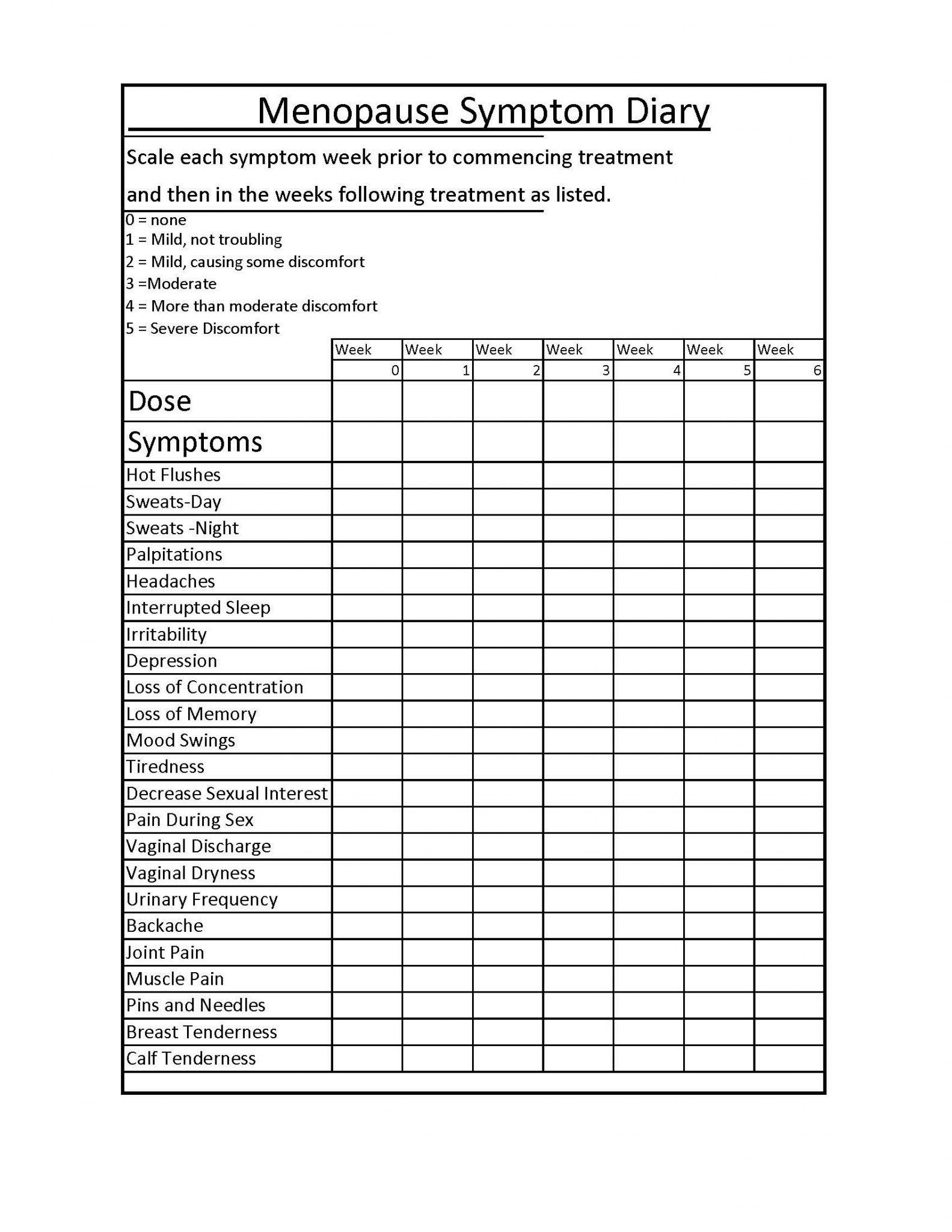Hormone Replacement Therapy (HRT)
October 13, 2015, no responses, by: Women Health Center, Tags: diagnostic menopause, first symptoms of menopause, hormone replacement therapy nz, how to diagnose perimenopause, how to diagnose the menopause, menopause diagnosis, pre menopause symptoms, signs and symptoms of menopause, symptoms of perimenopause, what is hormone replacement therapy for menopause?
I am frequently asked about the Menopause and Hormone replacement therapy. I am going to do a series of articles tackling this topic from various angles.
When the WHI study results first came out in about 2007, most of my patients stopped using HRT but within about 6 months the majority of them had returned to using HRT. They generally felt that the improvement in their quality of life was worth the risk of developing breast cancer.
There are some specialists who feel very strongly that the study should have gone of for longer and that even though the use of HRT has been stopped that these woman should have continued to be monitored. They feel that the evidence regarding HRT causing breast cancer is inconclusive. They feel that all the HRT does is bring breast cancer on earlier rather than cause breast cancer and that the numbers would would show a steeper curve initially but even out over time.
In patients who do come in to discuss the use of HRT and the menopause, because of severe symptoms I spend significant time discussing these issues with them to help them make a decision on whether to commence medication.
Get more information about Menopause: Hormone Therapy Does Not Slow Atherosclerosis.
What is Hormone replacement therapy?
Hormone Replacement Therapy is the use of oestrogens with or without progesterones to help reduce menopausal symptoms. As the name implies this is given in order to replenish a womans decreasing hormone levels. Following the WHI study a number of my patients asked to come off HRT however within a few weeks on months many of them went back on it because of the effect this had on their quality of life.
So how do we diagnose the menopause?
There are basically 5 stages in a womens life cycle. There is the prepubertal stage, the pubertal stage, the reproductive stage, the perimenopausal period, and the menopausal period.
All of these are pretty easy to diagnose except the perimenopausal period (and premature menopause).
Some women breeze through the menopause and the symptoms may last just a few weeks or not at all. In others the symptoms may persist for years.
When a women who is aged in her late 40’s plus stops having periods for 12 months (and this is felt to be the end of her menstrual cycles) we tend to characterise this as the menopause. The average age of the menopause was the late 40’s but it is now closer to 53 in New Zealand and it is not uncommon to see women in their late 50’s still menstruating now.
So are there any tests for the menopause/perimenopause?
There are some tests that can be done to indicate ovarian function or residual ovarian life but these are only indicative and not absolute. The tests include the following.
FSH: Follicle stimulating hormone. This increases when the follicles do not produce enough oestrogen, indicating that someone might be running out of follicles that ovulate. I prefer to do a full hormone profile including FSH, LH, oestradiol and progesterone over a period of 6 weeks to see exactly what is occurring with these hormones in relation to one another.
AFC = Anthral Follicle count
Done by ultrasound, this is more an indicator of fertility than the menopause but a low anthral follicle count indicates there are very few follicles which will ovulate.
Small follicles about 2-9 mm diameter are measured through each ovary.
The number of follicles per ovary are counted.
AMH (Antimullerian Hormone)
Once again more an indicator of fertility than the menopause but will help in suggesting a perimenopausal state.
| Interpretation | AMH Blood Level |
| High (often PCOS) | Over 4.0 ng/ml |
| Normal | 1.5 – 4.0 ng/ml |
| Low Normal Range | 1.0 – 1.5 ng/ml |
| Low | 0.5 – 1.0 ng/ml |
| Very Low | Less than 0.5 ng/ml |
Below is a chart indicating the levels of the various hormones above in the different stages.
| FSH | AFC | AMH | ||
| Reproductive life | normal menstrual cycle | normal | over 21 | normal |
| Perimenopausal | variable | increased | 4-13 | low |
| Menopause | no periods | increased | less than 4 | low |
What are the Signs and Symptoms of the menopause?
There have been so many symptoms attributed to the menopause however the ones that seem to give patients the most problems are the hypothalamically mediated vasomotor instability which leads to hot flushes, sweating and palpitations.
The other common presentations include
• Irregular bleeding
• Genito-Urinary syndrome including vaginal dryness, soreness, superficial dyspareunia, urinary urgency and frequency
• Neurologic changes including mood changes, imsomnia, depression and anxiety.
So just what effects does the menopause have?
As mentioned above vasomotor and Urogenital symptoms
Menstrual disorders
Progressive bone loss
Increased susceptibility to heart disease
I have enclosed my menopausal management symptom sheet below. This is what I use to get patients to determine if they feel the hormone replacement therapy is making a significant enough difference to themselves to warrant the risks of using HRT.
I will follow this up with more articles on the menopause during the next few weeks.
Similar Links,
Categories
- Endometriosis (3)
- Female Sexual dysfunction (1)
- General (7)
- Incontinence (1)
- Infertility (2)
- Interstitial Cystitis (1)
- Menopause (5)
- Overactive Bladder (1)
- Polycystic Ovaries (1)
- Surgical (2)
Archives
- October 2017 (2)
- March 2017 (1)
- March 2016 (1)
- February 2016 (1)
- November 2015 (3)
- October 2015 (5)
- September 2015 (1)
- August 2015 (2)
- July 2015 (3)
- March 2015 (2)
- January 2015 (1)
Recent Posts
- How Accurate is biopsy sampling in Endometrial Cancer?
- Hormone Therapy: WHI study Follow up reveals no change in Mortality after 18-Year
- How to manage Interstitial Cystitis/Bladder Pain Syndrome?
- Potential Benefits of Diagnosis and Treatment on Health Outcomes Among Elderly People With Symptoms of Overactive Bladder
- The Zika Virus summarised




Leave a Reply